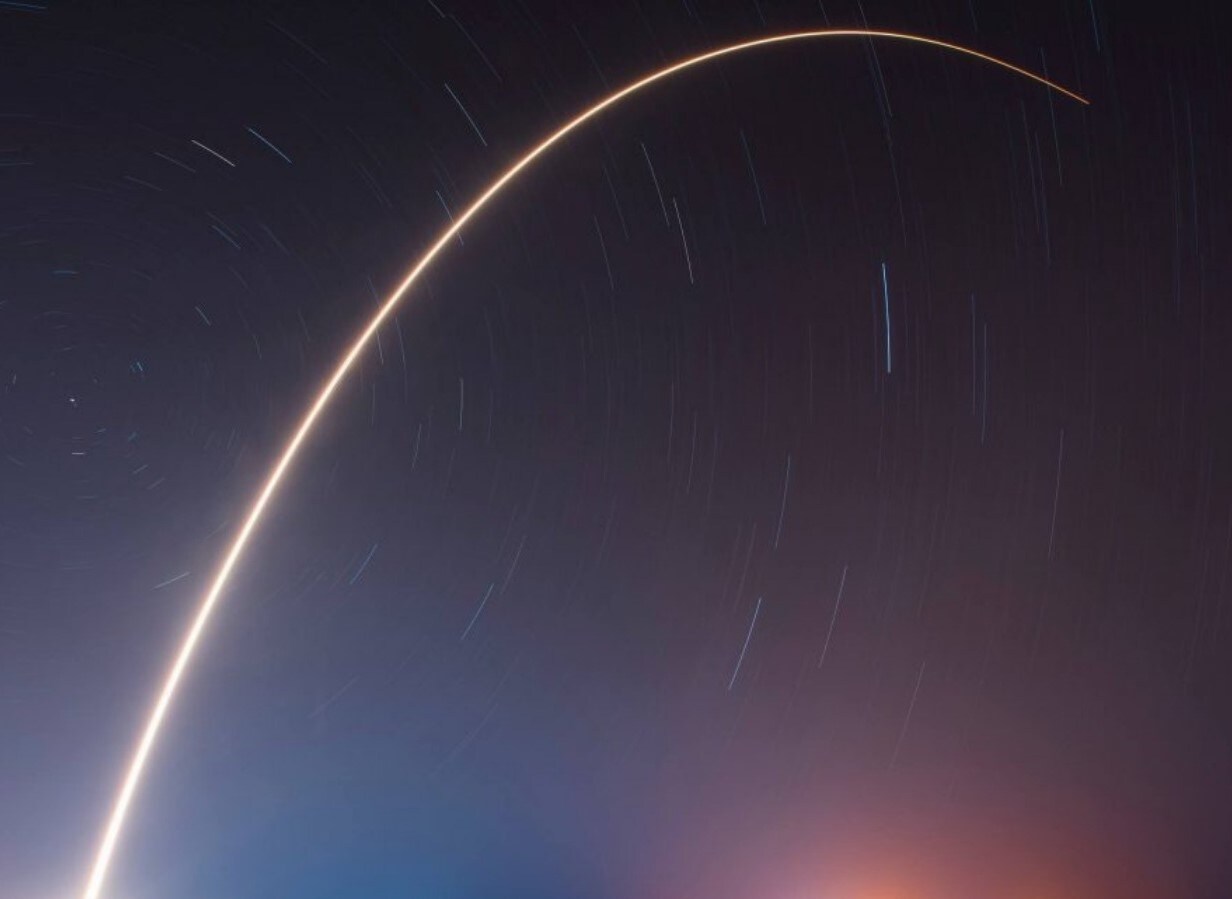Virgin Galactic (NYSE: SPCE) is the first publicly-traded space tourism company and went public through a reverse merger in October 2019. The stock shot up a few hundred percent shortly after going public before dropping and has remained volatile since then. Unlike Amazon (NASDAQ: AMZN) CEO’s Jeff Bezos’ Blue Origin and Tesla (NASDAQ: TSLA) CEO’s SpaceX, who are focused on reaching Mars and the moon, Virgin Galactic is the only pure-play focused on commercial tourism.
This article was originally published on MyWallSt — Investing for Everyone.
Current Status
Virgin Galactic is in the final stages of testing, with only 2 of the 29 milestones remaining that are required by the FAA to be able to begin commercial space flights. These should be cleared after two final test flights this fall. Richard Branson was scheduled to take a flight before the end of 2020. However, this has been delayed due to COVID-19 restrictions and is set to take place in Q1 of 2021. This would mark the start of commercial service.
A path to profitability
The company has approximately 600 people signed up with tickets priced between $200,000 and $250,000. Virgin Galactic has taken in excess of $80 million in deposits thus far. A further 700 people have also signed up and paid a deposit for the “One Small Step” campaign.
The market opportunity is large and growing, with the majority of deposits from people with a net worth of less than $20 million. Today there are roughly 2 million potential customers at the current price point in the world. There is the potential to attract new customers by reducing the price of tickets. Taking, for example, a ticket price of $50,000, Virgin Galactic estimates that there are just over five million potential customers.
Virgin Galactic is also aiming to complete a second spaceship and to commence ground testing this year. A third spaceship will also be completed in 2021 and begin testing. It plans to have a fleet of five spaceships in total. According to Virgin Galactic’s previous estimates, the first year of revenue is projected to be slow but by the fourth year in operation with five spaceships running, it is expected that it will run 270 flights a year, taking in $590 million in revenue. Gross profit will grow substantially within three years and level out at roughly 70%.
Virgin Galactic reported a loss of $63 million in Q2 of 2020, an increase of $3 million from the previous quarter. Management stated that there is no significant increase in customers looking for deposits to be refunded, which is an encouraging sign. The balance sheet is relatively robust, with $360 million in cash and cash equivalents and total liabilities standing at $136 million. Virgin Galactic has not had any substantial revenue to date, and the company’s $4 billion valuation is based on future promise.
New ventures
Virgin Galactic has ambitions to go beyond space tourism with point-to-point hypersonic travel as a long-term opportunity. Morgan Stanley (NYSE: MS) has forecast that annual sales for hypersonic travel will be valued at $800 billion by 2040. There has been progress with the release of an initial design concept and are joining forces with engine maker Rolls Royce (OTCMKTS: RYCEY) to collaborate on a sustainable propulsion mechanism. This concept jet would fly from New York to London in 2 hours.
Virgin Galactic has also signed a Space Act Agreement with NASA for private orbital space travel to the International Space Station (ISS). Virgin Galactic would help to train these private individuals. One analyst believes that this partnership with NASA could eventually bring in $50-100 million annually.
These are further areas that are being explored, and if they can execute will provide significant additional revenue.
Management
George Whitesides has recently vacated the role of CEO after ten years in the job and is transitioning to Chief Space Officer. Michael Colglazier is taking over the reins as CEO after almost three decades working at Walt Disney (NYSE: DIS). Whitesides’ transition to this role will be more focused on new opportunities, while Colglazier will focus on the commercial aspect and monetization. Colglazier was president of Disney’s largest segment, Parks and Experiences, and many elements, such as safety and customer experience, are transferable to his new role in Virgin Galactic. Both Chairman Chamath Palihapitiya and founder Richard Branson have considerable stakes in the business.
An investment in Virgin Galactic is undoubtedly high risk and a bet on future performance. However, it is an exciting investment opportunity in a company that can bring a new experience to the masses and disrupts the aviation industry. There is a path to profitability and a management team that is experienced and transparent. This company could be an addition as a small portion of your portfolio.
MyWallSt makes it easy for you to pick winning stocks.
Start your free trial today — it's the best investment you'll ever make.
MyWallSt is a maker of financial investment tools designed to transform anyone into an informed, confident investor. With our award-winning apps and investing services, we'll show you how to get started and beat the market.
Continue reading for FREE
- Includes free newsletter updates, unsubscribe anytime. Privacy policy





